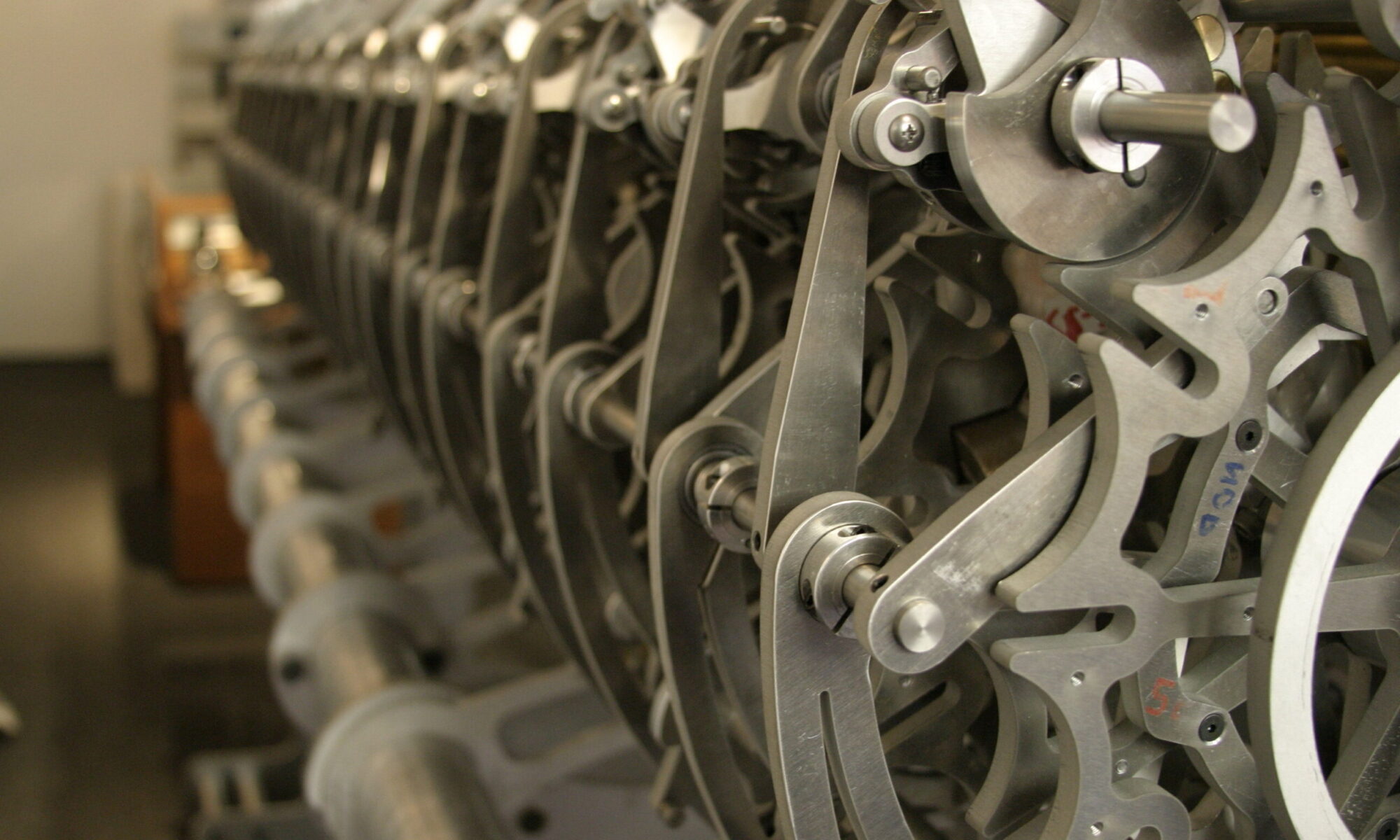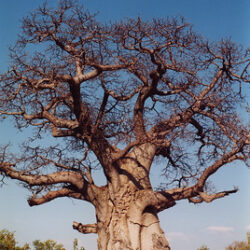It is Halloween. My daughter is laying out the flowers and the pictures of her dead ancestors and loved ones on our family altar: a cacophony of colors, candles and skulls, flowers and mementos of death and love. Above it hangs a ornament shaped like bejeweled woman’s skull, a long blue scarf flowing from behind her down to encompass it all — more than a century of lives that end with us, with my small family.
Tomorrow is the beginning of Dia de los Muertos, and we will be adding nourishment for our beloved dead, some of their favorites in life. Glasses of wine and fruits, chocolate, and the bread of the dead. Little bits of their favorites, as best we can give them. We will light copal and candles, and talk about them and their lives, and telling stories and jokes to each other about and with our dead loved ones.
My daughter doesn’t remember a time without Dia de los Muertos. It is her favorite season of holidays, Halloween, followed by this day for building an altar to our loved ones and ancestors. For me it came later, though growing up in Los Angeles it was never far away. We gringos invaded and took Alta Mexico, but it never entirely stopped being Alta Mexico. Political boundaries can only tell people what to do with themselves so much. In California the rulers have changed completely, the people somewhat, but the names have remained the same.
The dead are dead, but they are never entirely gone.
El Dia de los Meurtos is no one thing. Its syncretism spans continents and millennia, colonialism, genocide, and the internal imperialisms of Europe, which eventually became the external imperialisms of Europe. It is also an inevitable holiday for humans, creatures of memory that we have evolved to be. The reaching out to touch those who are lost, and the lost reaching back from behing the veil to touch those they’ve left is the most natural urge for a memory-stricken species. But this holiday and its ceremony has the kind of exuberant color and joy that is mainly allowed to peasants. The Day of the Dead is a holiday for the lower classes, the poor without the proper education (or proper church manners) to know that they’re suppose to stay quietly respectful of the dead instead of partying with them.
Religions and their holidays always deal in mysteries of separation. For the Aztecs of meso-America, there were several such festivals around the separation between life and death, which they probably picked up from the Maya. The Maya, who still live across the Americas today, had their own pre-aztec empire for more than a thousand years, and elaborate customs interfacing between the living and the dead. We mostly guess at them from the art their empire left behind, and what bits of their literary traditions survived the library-burning habits of the Spanish Conquistadors.
But the sacred is hard to kill, and in times of burning it is often hidden in the homes and hearts of peasants. Which is not to say kings and churches don’t try, politics has many ways of co-opting both love and death. But their power rarely extend to the periphery of their empires, and that’s where the raucous and plentiful love of the dead flowered in Mexico. One of the peripheries of Mexico is the southwestern states of the US, where poor Mexicans came looking for work in the fields and houses of the whites, and they brought Dia de los Muertos with them. This is why San Francisco had a Day of the Dead parade 30 years before Mexico City did. In fact, Mexico City only started honoring this macabre peasant party after an ersatz version appeared in the James Bond franchise film Spectre in 2015.
The day itself emerges from a collision of faiths and traditions. It is a perfect post colonial/post genocide holiday, blending the history of several cultures and continents, created by, but living outside, the purview of historical powers. It is syncretic, bloody, tragic, and breathtakingly beautiful.
The first part of the story probably belongs in Ireland. Since the prehistoric, the celtic holiday of Samhain was a bridge between the two parts of the year, going from light and life and birth of the spring Beltane to darkness, death, and decay of the winter. Samhain was also one of the days when the barriers between worlds was thin. The dead, the fey and the gods were close by, so close you might see them, touch them. Visit them at a burial mound, perhaps even share food with them.
In the 9th century the Catholic Church moved the Feast of All Saints to coincide with Samhain at the direction of Pope Gregory IV, fixing the holiday that comes down to us now. Reasonable scholars debate whether All Souls’ and All Saints’ Day was meant to distract the barely Christianized Northerners from the pagan celebration of Samhain, but it would not be out of character. Samhain did blend with All Saint’s, but didn’t really go away. It not only stayed alive in peasant traditions through much of the history of British and Irish practices, it morphed into Halloween, which conquered the world, largely though American media depictions. Americans love Halloween.
It’s in our blood, wherever our blood may come from.
By the 14th century, the mixing of Catholic and maybe a little pagan saw the Spanish feeding bread to their dead and lighting candles to guide them them home as part of All Saints and All Souls Days in Spain, November 1 & 2. The Aztecs, the founders of Tenochtitlan, which came to be called Mexico City, had days which honored the dead, in ways that made them feel present to their living families. Half a world away, the not-yet American people gave corn to their dead in blissfully not-yet America, where it was not a peasant holiday at all, but a kingly one, and it was not in November, which also did not exist for them yet. Feasting with the dead happened several times a year.
They didn’t know it, but the cultures were on a collision course that would destroy both and reshape the whole world. It would also give the humanity many more dead to mourn, so it is no surprise that that people in the new world secretly kept their loving practices towards their dead over centuries. They kept their corn gifts and meso-american skulls, but made them out of slave’s sugar. They added wheat bread to their corn tortillas and pork to their offered meals. They evolved far away from the gaze of the Mexican state, behind the opaque vail of poverty that hides the real life of the ordinary people from the scions of the powerful. Dia de Los Muertos is not the same holiday it was when the Aztecs ruled, or when the Spanish did. It retreated into the valleys and the villages. As the years flowed by it picked up bright dyes from around the world, new foods, candles, and intoxicants from everywhere. It became terribly beautiful.
And then, when the time was right, it came back down from the hills and out of the valleys and conquered the world back. Dia de los Muertos doesn’t feel centuries old. It is a new holiday, but also it is the inevitable consequence of our old colonial histories combined with the human love for the lost. It isn’t a celebration of kings or gods, but of the modest beings that exist everywhere, who are the whole world to each other.
Back in this my family’s part of the world a day has passed. It’s November 1st, and it’s time. We will light the candles and incense soon, sit before our altar and wrap up in some blankets. The night has gone cold and there’s a storm coming in. But we will not be alone. We will be sharing a meal with our family and our lost friends and lovers. We will keep each other warm and the smoke and candles will guide the dead back to our light and love.



“El Dia de los Meurtos is no one thing.”
This is so simple, so true, so profound. It’s also so “connecting”…
The Asmat Tribe of Papua New Guinea developed a practice in which living heirs would carry the skulls of dead ancestors, to pay tribute, remember and commune with them. [They were also cannibals, so coming by the skulls probably wasn’t that hard for them]. Ancestor worship – veneration of the dead – is found in Latin America, the East, China, Africa, Oceana – across geographies and cultures so diverse that a shared heritage of the practice seems quite implausible. It is ingrained in to our DNA. It is part of who we are.
Yet for me… El Dia de los Meurtos is a reminder of togetherness. People come together on that one day in the year to remember their cherished, departed family and friends. Yet they can look around and see that *everyone* around them is sharing that experience, emotion, that relationship with their heritage, for every person present has lost ancestors and loved ones.
El Dia de los Muertos isn’t simply about the dead. It’s about connection. Just as a funeral or wake binds us with our immediate and departed ancestors, so El Dia de los Meurtos reminds us that if we look back far enough, if we are brave enough to do so, we find that we all come from the same ancestor.
We are one.
That perspective doesn’t matter if you are the most devout follower of an Abrahamic faith or a declared evolutionist.
We are many, born of one. We are one.
Omni, ab uno.
And El Dia de los Meurtos is yet more. When the malicious and unscrupulous in the world seek to divide us. When they tell us that we are alone, we are isolated, we are powerless, we are irrelevant, El Dia de los Meurtos reminds us that we walk in the footsteps of giants, that we are legion.
And together, we are mighty.